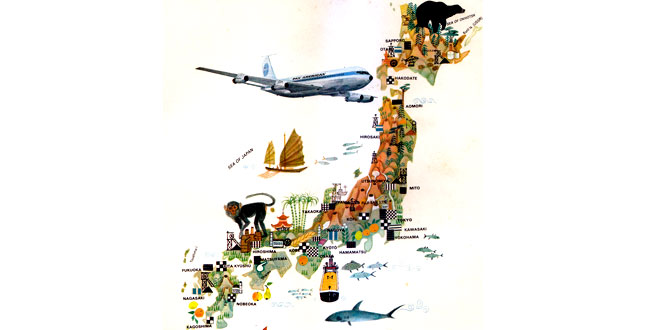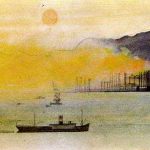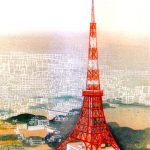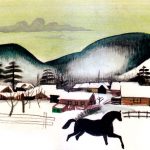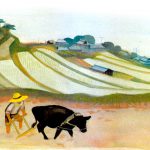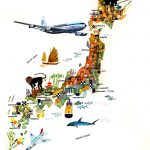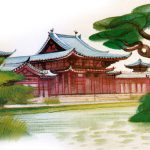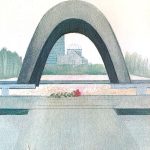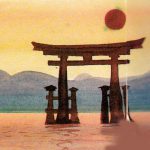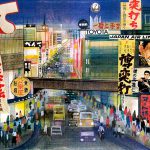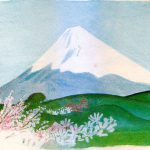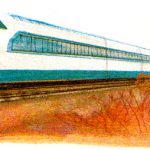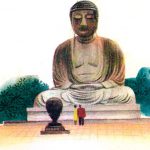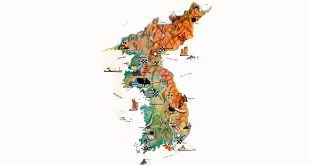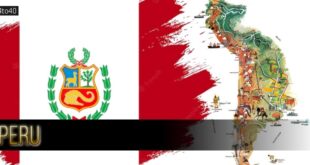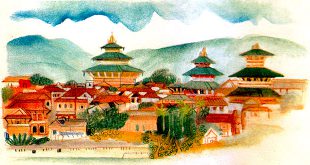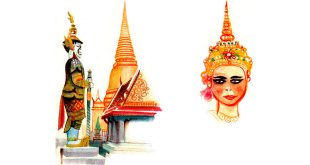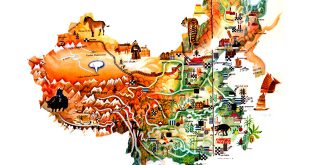Capital: Tokyo
Location: Island nation in the Pacific; the Japanese archipelago is separated from the Asian mainland by the Sea of Japan; it includes the islands of Honshu, Hokkaido, Kyushu and Shikoku, the Ryukyu group, Tsushima, Bonin, Izu and Volcano Islands, as well as numerous smaller islands
Area: 373,313 sq km
National composition: Japanese (99%), Ainu (original inhabitants)
Religions: Buddhism and Shintoism
Official language: Japanese
Currency: Yen = 100 sen
Administrative divisions: 47 prefectures
Other major cities: Yokohoma, Osaka, Nagoya, Kyoto, Sapporo, Kobe; altogether, Japan has 10 cities with more than a million inhabitants, and more than 150 with populations exceeding 100,000
Highest elevation: Fuji-san (3,776 m) on the island of Honshu
Chief rivers: Shinano (0n Honshu), Ishikari (Hokkaido), Tone (Honshu)
Largest lake: Biwa (Honshu)
Climate: Monsoon type, temperature in the north and subtropical in the south; the climate is strongly affected by ocean currents
The islands of Japan are mostly mountainous. They contain more than 50 active volcanoes and earthquakes are common. The largest lowland is the Kwanto Plain around the capital Tokyo. The mostly short rivers have ample volumes and hydroelectric projects have been constructed on the upper courses of many of them. Forests cover about 65 per cent of the country. Japan has coniferous forests, which merge to the south into evergreen broad leaf forests. The flora and fauna are rich and Japan is the home of the badger, bear, fox, Japanese macaque, otter, raccoon dog, wolf and other animals.
Arable land covers only about 16 per cent of the total area but, because of intensive farming and the use of machinery, yields are high. And, in certain parts of the country, climatic conditions permit two harvests a year. The leading crop is rice, followed by barley, soya beans, sweet potatoes, tea and wheat. Horticulture is also important. Cattle, pigs and poultry are reared on many farms and sericulture and fishing employed 12 per cent of the work-force, although they contributed only 4 per cent of the gross domestic product in 1982. On the other hand, industry employed 39 per cent of the work-force and accounted for 42 per cent of the gross domestic product.
Today Japan is one of the world’s most industrialized countries, with the high per capita gross national product of US $10,080 in 1981. Japanese industry is characterized by efficient organization, a high degree of mechanization and automation, and a highly skilled and dedicated work-force. The country is the world’s leading manufacturer of automobiles, motor cycles and television sets and it is also a major shipbuilder. Japanese chemicals, electronics, optics and textiles are world famous. There are also large timber, pulp and paper industries, together with food-processing, ceramic and building material industries. However, Japan has few natural resources apart from some coal, copper, limestone, mercury, oil and natural gas and a few other minerals.
In many respects, Japanese transport is a symbol of the country’s advanced technology. There is a dense system of excellent roads and motorways, and a highly efficient system of railways, including some lines operating high speed express trains. Japan has countless tunnels, bridges and causeways to negotiate the many natural obstacles. Japan’s merchant fleet is the world’s second largest. The largest seaport is Yokohama, while the busiest airport at Tokyo handles hundreds of flights a day.
 Kids Portal For Parents India Kids Network
Kids Portal For Parents India Kids Network
